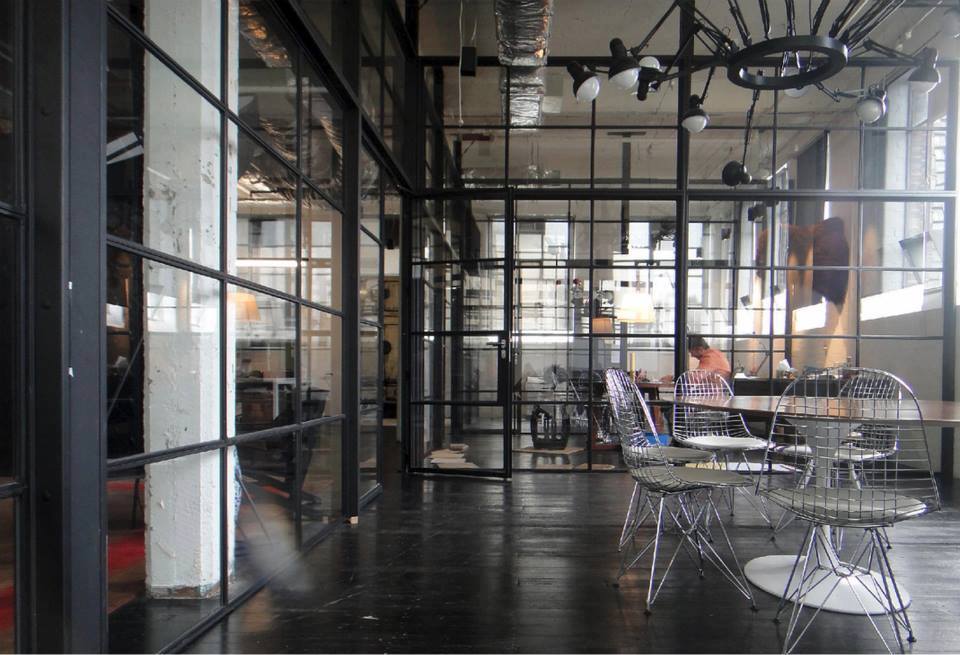Minimalist design began in art and architecture as a reaction to busy colors and densely decorated interiors, and has since moved to a design philosophy that reflects simplicity, form and function, and the essential identity of a space or piece of art. Minimalism built on both eastern and western traditions. The noise of the early over-decorated interiors has been replaced in the modern world with the noise of rapid-fire communication and the rate of change. In this chaotic world, the minimalist aesthetic provides a peaceful, quiet, and simple architecture and design that does not assault the eyes with continuous color, movement, texture, and line.

Artists learn early that the simplest of design elements, line and color, have the power to suggest movement or quiet. With texture and shape, designers and architects use these basic elements to replicate the lines and colors of the natural environment, while bringing the essential elements down to their simplest forms. Lines that reflect the horizon or the depth of the sky- horizontal or vertical lines- give impressions of space, of grandeur, of quietly passing time. Jagged lines, lines that move in circles and that move from corners across a space, suggest energy, movement, excitement. While movement can be energizing, over time the energy needed to interact with an exciting environment can also make a person tired. What artists and architects, and those who live in minimalist spaces have come to understand, is that the peaceful quiet, the stillness of a room or a home that is free of excessive and distracting detail is a joy to our tired and over-stimulated modern minds.
When designing for a minimalist interior, the same elements are brought to the table that artists use: line, color, texture, movement. Lines and planes are usually kept to horizontal and vertical, with narrow framing and without significant texture or color. Black and white, and their variant colors, can fit with many regional and vernacular architectures. Long and high windows reflect the sky, while restricting the amount of color and detail from nature. When they are echoed with natural fiber curtains such as linen or raw silk, the long straight length of fabric in sand, wheat, or ivory provides warmth and texture without overwhelming the eyes with color and pattern. Natural colored fabrics can also be reflected in furniture textiles, and natural material flooring, tile and wood, can reflect the horizontal and vertical lines of the doors and windows.
The minimalist interior is not about emptiness, but about the essentials of form and function, beautifully rendered in materials that reflect the natural world. Can we help with a design or remodeling project? Please contact us for more information.
